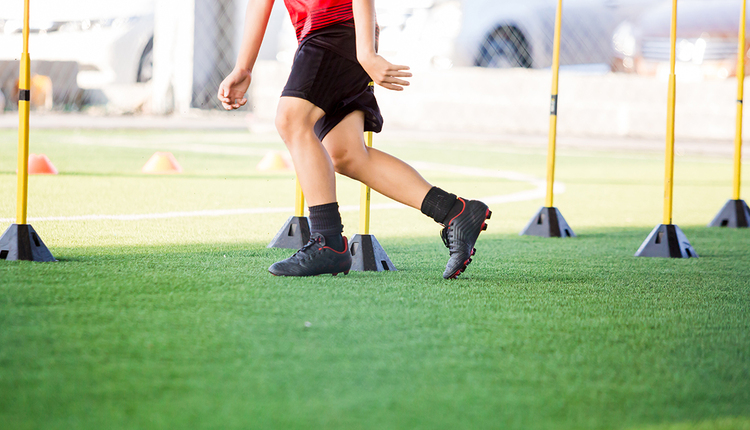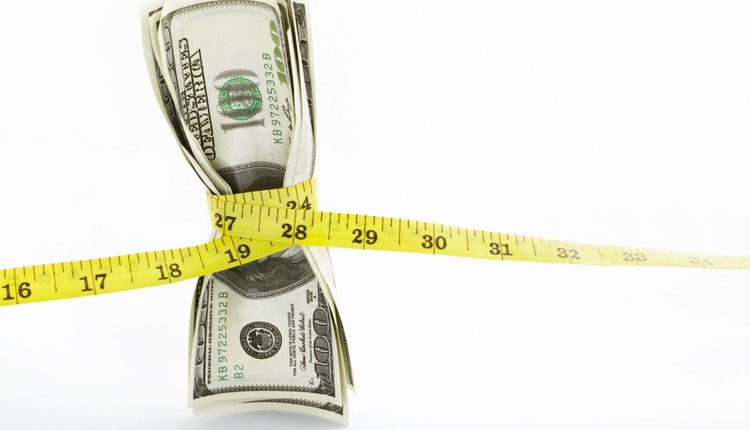
Training children and teens proves complicated for many coaches. You’re constantly battling for attention, balancing desires of parents, and training around busy schedules. On top of that, parents usually come to strength coaches when they’re ready for their child to go to the “next level,” regardless of what that child’s body says. Stick to a few best practices in youth training to keep them healthy while making them stronger, faster, and better at their game.
Keep it simple
When training kids, it can be tempting to jump on the latest gadget or machine. After all, you want them to be entertained and keep their parents happy. Rather than try out the fancy tricks, keep it simple and stick to tried-and-true methods.
Trying to get a young athlete on complicated movements leads to poor form, lack of results, and ultimately wasted time. Stick to fundamentals through multiple planes of motion and progress linearly from there.
Address the “big rocks” first, then you can fill in the holes. Young athletes need to develop a strong core and body control before anything else. Don’t fall prey to pressures of parents and coaches to make them train like a professional athlete. Instead, teach things like solid positioning in a plank, landing technique, and proper push-up mechanics. Keep hammering the basics until they can do them without thinking.
Take home point: Tackle form and movement issues first and don’t rush progress just because you feel like it.
Practice individualization
Children (and their parents) want to hit the ground running right away, looking to improve performance as quickly as possible. Don’t just toss a new athlete in with a group without performing an assessment first, no matter how ready they seem.
Along with a general movement screen, some important questions to ask include:
● Injury history
● Days/time spent at practice for their sport
● Previous weight training experience, if any
● Goals and timelines
An assessment allows you to notice which areas need technique work before increasing the intensity. Otherwise, bad habits will build early. On the other hand, some athletes might have skills beyond their years. Don’t hold them back by making broad assumptions based on age or first impressions.
Finally, many coaches ignore mobility when training youth. Maybe they assume kids are pliable and can spring back from anything. While they might not have the limitations as older clients, lack of focus on mobility and flexibility decreases potential performance. A comprehensive training program addresses all elements of conditioning, including mobility, to prevent injury and allow proper recovery. Identify potential mobility issues during assessment and throughout training by devoting individual attention to each athlete.
Take home point: Assess athletes early, create a tailored program for their needs, and continue to reassess as they advance. Progress only comes through long-term, consistent effort.
Long-term athlete development
Proper youth training considers an athlete’s development over the course of a lifetime, rather than overtraining to the point of burnout at a young age. The long-term athlete development model identifies distinct stages of a young athlete’s career after around age 6. As kids leave the first stage of learning how to move, they progress through the following:
-Stage 1: FUNdamentals
Children at this stage learn basic movement skills such as agility, balance, and coordination in an age-appropriate environment. Emphasize exploratory activity over structured instruction to improve ability through repetition.
-Stage 2: Learn to train
Here, youth training focuses on more sport-specific skills. In the gym, this means skill-based drills to refine movements, such as cutting, jumping, landing, and throwing. Strength training should be geared to developing a balanced body in concert with the demands of sport. And above all, keep it fun!
-Stage 3: Train to train
At the onset of a growth spurt, or when kids reach something called their Peak Height Velocity (PHV), they can begin a more regular and periodized program. PHV occurs at different times in different athletes, usually around the early teenage years, and marks enough emotional and mental development to stick to a structured plan. General movement proficiency migrates to a warm-up while strength building becomes the main focus in the gym.
-Stage 4: Train to compete
The final stage of youth training comes when athletes are completely performance-driven. Athletes in this stage may be moving towards collegiate athletic participation or already in a year-round, high-intensity team or competition in their chosen sport. Recovery and management are key elements here, as they’re likely putting more hours in to practice than their body is ready for. Rather than exacerbate the issue by killing them in the gym, balance their strength and conditioning with their sport-specific training. Think tougher off-season and pre-season mesocycles and lighter in-season loads.
Take home point: While biological age doesn’t correlate exactly with a stage of long-term athlete development, it is vital to identify an athlete’s stage of progression.
Careful consideration should be taken at each stage of training to emphasize good progress while avoiding overtraining. In order to guide young people towards a sustainable lifestyle, keep it simple at the start. Fundamentals never get old but get to know when to advance your athletes by consistently assessing their mental, physical, and emotional readiness. Many coaches of youth training may never coach athletes with aspirations to compete nationally and internationally. As such, treat each case with care and truly get to know your athletes as people. Their goals and aspirations should be their own, and make sure it always stays fun.
















